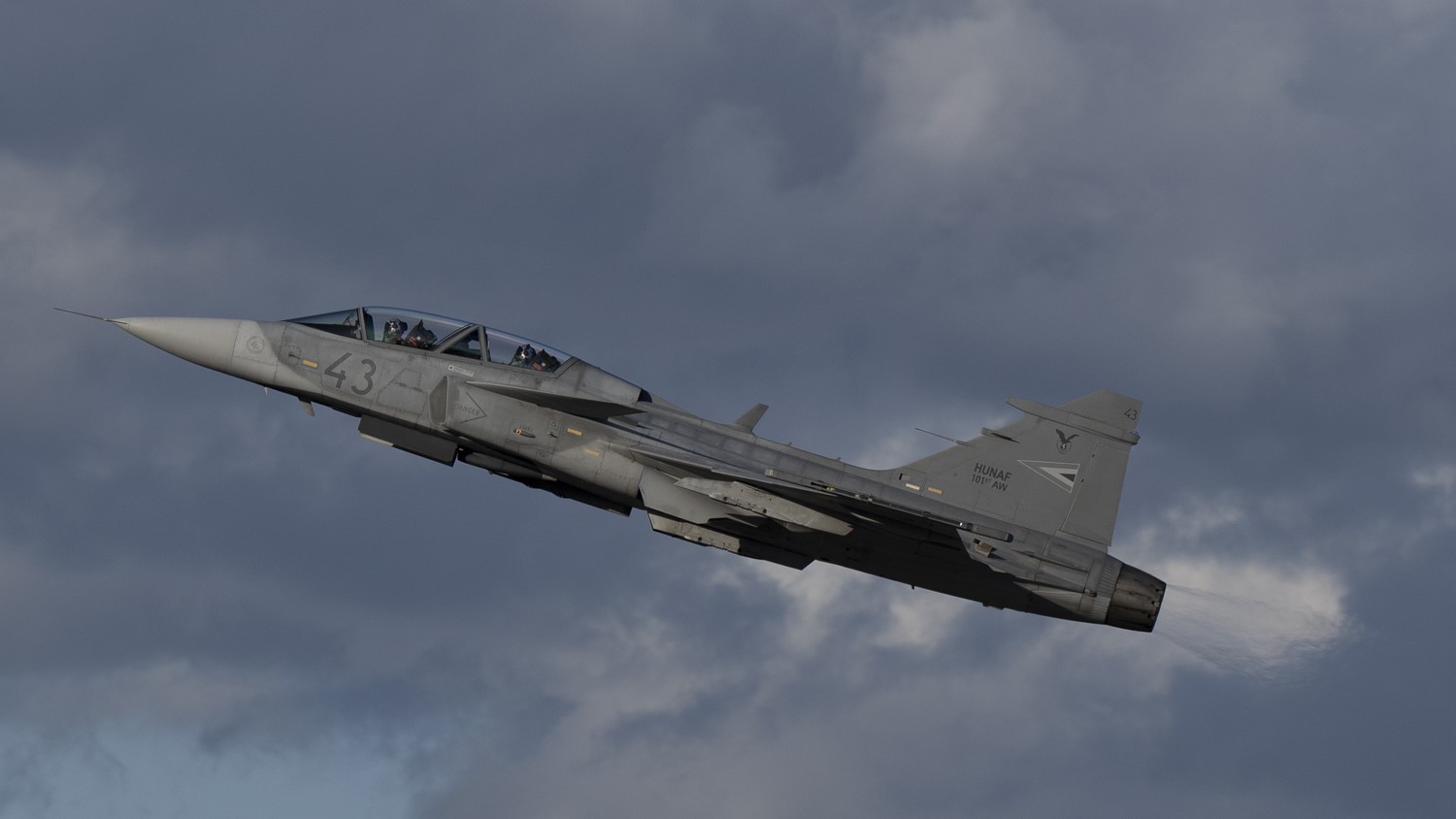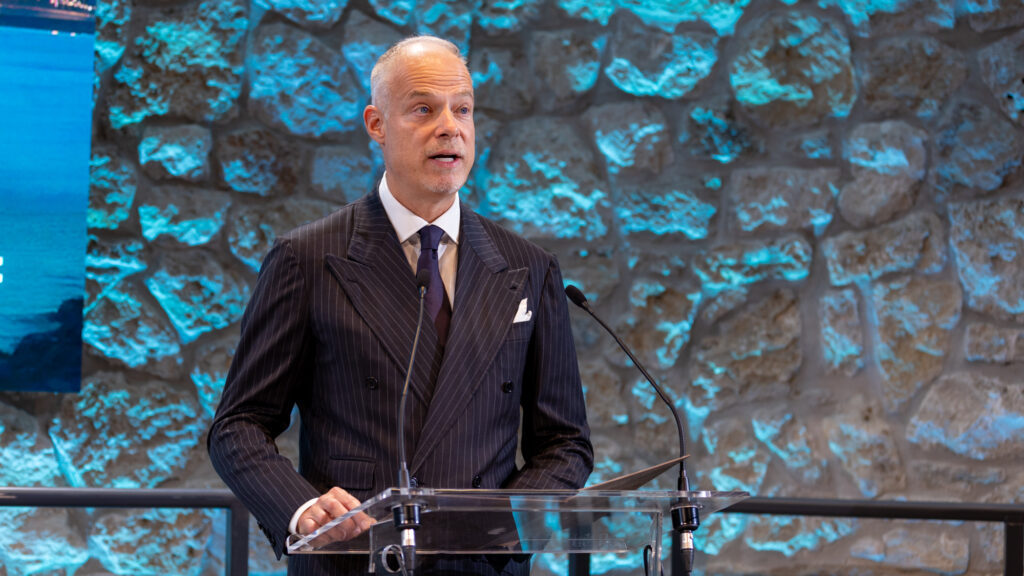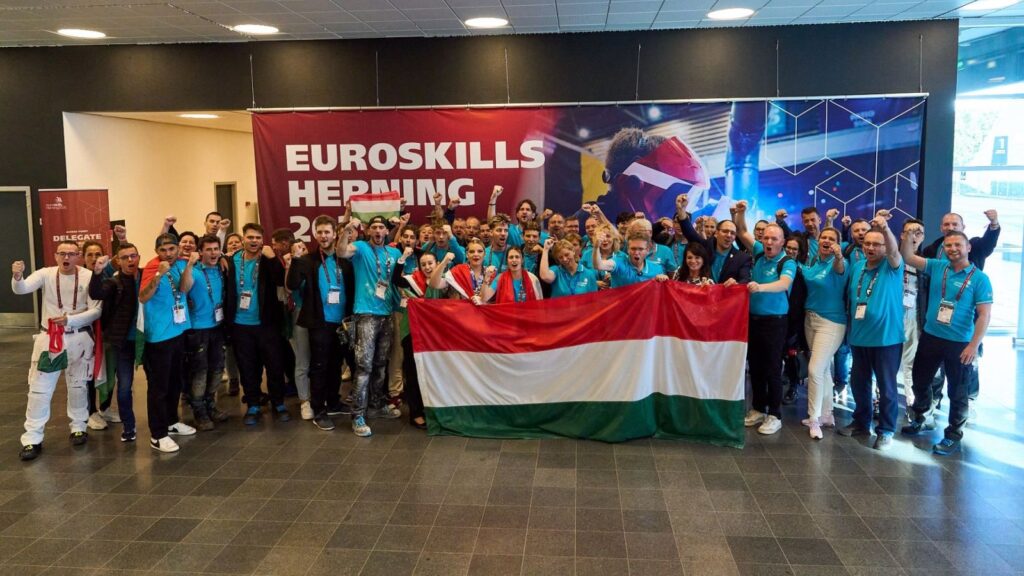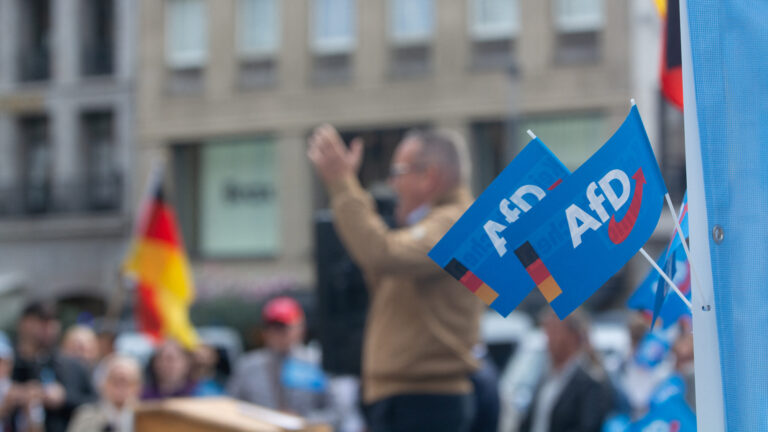Hungary has once again taken the lead in NATO’s Baltic Air Policing mission, as four Hungarian JAS-39C Gripen fighter jets officially began patrolling the airspace over Estonia, Latvia, and Lithuania this week. The handover ceremony took place on Thursday at the Šiauliai Air Base in Lithuania, where Hungary assumed the mission from Poland and Romania, alongside Spanish forces.
Defence Minister Kristóf Szalay-Bobrovniczky, speaking at the air base, emphasized Hungary’s firm commitment to NATO, highlighting that 2026 will mark the fourth consecutive year that the country’s defence spending surpasses 2 per cent of its GDP. ‘Hungary is a reliable ally in NATO, and the Baltic states can count on the Hungarian Air Force,’ he said.
The Hungarian contingent, consisting of four fighter jets and around 80 personnel, will serve in the Baltic region for four months. The deployment underscores both Hungary’s military modernization efforts and its resolve to meet all NATO obligations. Szalay-Bobrovniczky noted that the country will expand its Gripen fleet with four additional aircraft in 2026, adding to its current fleet of 14.
The Minister pointed out that this marks Hungary’s fourth time leading the air policing mission in the Baltics, a region considered highly sensitive due to historical tensions and the proximity to the Russian border. ‘Our allies see Hungary as a stable and dependable partner,’ he added.
‘This marks Hungary’s fourth time leading the air policing mission in the Baltics, a region considered highly sensitive’
In addition to reinforcing regional security, the mission provides valuable experience for Hungarian pilots. ‘Peace requires strength,’ Szalay-Bobrovniczky remarked, expressing gratitude to Poland, Romania, and Lithuania for their cooperation and support during the mission transition.
The Baltic Air Policing mission has been in place since 2004, with NATO members rotating every four months to defend the airspace of Estonia, Latvia, and Lithuania, countries that do not operate their own fighter jets. Since Russia’s annexation of Crimea in 2014, the mission has expanded to include three bases, located in Lithuania and Estonia. The Italian Air Force recently replaced Portuguese jets at the Estonian base.
The Hungarian Air Force is tasked with Quick Reaction Alert duties, which require fighter jets to scramble within 15 minutes to intercept unidentified aircraft near Baltic airspace. These alerts are typically triggered by Russian military planes flying without flight plans, radio contact, or with transponders switched off.
During Hungary’s last Baltic deployment from September to December 2022, the Gripen pilots flew over 300 hours, responding to more than 60 training alerts and nearly 20 real-world incidents. This latest deployment further cements Hungary’s position as an active and trusted contributor to collective NATO defence.
Related articles:







